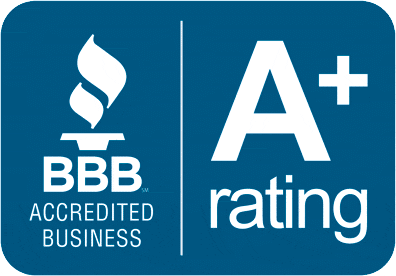The Best Roof Cleaning Methods
Maintaining a clean roof is essential for extending its lifespan and ensuring the overall health of your home. A clean roof not only enhances your home’s appearance but also prevents damage caused by organic growths like algae, moss, and lichen. Different methods are available for roof cleaning, each suited to different roofing materials and types of buildup. This article delves into the most effective roof cleaning methods, highlighting their benefits and potential drawbacks to help you make an informed choice.
Manual Scrubbing
Manual scrubbing is a simple and traditional method for cleaning roofs. It involves using brushes or brooms to remove debris, moss, algae, and other buildup from the roof. This method works well for areas with visible dirt and growth that need direct cleaning.The main advantage of manual scrubbing is the control it provides. You can focus on specific spots with heavy moss or stains. It also requires minimal or no chemicals, making it an eco-friendly choice if used with just water or mild soap.
However, manual scrubbing is hard work and can be tiring, especially on steep or high roofs. There’s also a risk of damaging roofing materials if you scrub too hard, particularly with shingles or tiles that are more delicate.
Pressure Washing
Pressure washing uses a powerful stream of water to clean the roof. It is efficient because it can cover large areas quickly and remove tough dirt, moss, and algae that might be hard to clean with a brush. The main advantage of pressure washing is its strength. It can remove a lot of dirt and growth quickly, saving time compared to manual methods.
However, pressure washing has some risks. The strong water stream can damage roofing materials if not used carefully. There’s also a chance that water can get under shingles or tiles, which might cause leaks. Therefore, it might not be the best choice for all types of roofs, especially delicate or older ones.
Soft Washing
Soft washing is a modern cleaning method that uses a low-pressure spray combined with specialized cleaning solutions. This approach is designed to be less abrasive than pressure washing, making it suitable for a broader range of roofing materials. Soft washing effectively cleans and sanitizes the roof by breaking down and removing algae, moss, and other biological growths. The primary benefit of soft washing is its gentleness. The low-pressure application reduces the risk of damaging the roof, making it an excellent option for more sensitive materials such as asphalt shingles or wood shakes.
Additionally, the cleaning solutions used in soft washing often have properties that kill and inhibit the growth of algae and moss, providing longer-lasting results. However, soft washing relies on chemicals, which means that careful handling and application are necessary to avoid potential damage to surrounding vegetation or water sources. The results from soft washing might also take a bit longer to become fully visible compared to pressure washing, as the cleaning solution needs time to work on the contaminants.
Chemical Roof Cleaning
Chemical roof cleaning uses special cleaners to tackle problems like algae, moss, and lichen. These cleaners often contain bleach or other substances that break down and remove stubborn growths. The main benefit of chemical cleaning is its effectiveness. The chemicals can dissolve tough contaminants, making it easier to clean the roof thoroughly. This method is especially useful for severe algae or moss problems that might not respond to other cleaning methods.
However, using chemicals has some drawbacks. They can potentially harm surrounding plants, water sources, or wildlife. Careful application is needed to avoid damaging the roof or nearby areas. Some treatments might also need to be reapplied over time to stay effective.
Moss Removal Techniques
Chemical roof cleaning uses special cleaners to remove problems like algae, moss, and lichen. These cleaners often contain bleach or other substances that break down stubborn growths. The main benefit of this method is that it works well, especially for serious algae or moss issues that other methods might not fix.
However, chemicals can harm nearby plants, water sources, or wildlife. Careful use is needed to avoid damage to the roof or surrounding areas. Some treatments may need to be reapplied over time to remain effective.
Professional Roof Cleaning Services
If you prefer to leave roof cleaning to experts, professional services offer a range of options for different types of roofs and cleaning needs. They usually use a mix of methods, including pressure washing, soft washing, and chemical treatments for the best results. The main benefit of hiring professionals is their expertise. They know how to handle different roofing materials and use cleaning methods safely. Many services also come with warranties or guarantees for extra peace of mind.
However, professional roof cleaning can be expensive. Costs vary depending on the roof size, the level of cleaning needed, and the methods used. You may also need to schedule an appointment, and availability can vary by provider.
Conclusion
Choosing the best roof cleaning method depends on factors like the type of roofing material, how dirty the roof is, and your personal preferences. Manual scrubbing, pressure washing, soft washing, chemical cleaning, and other methods each have their own benefits and downsides. If you want a stress-free option, professional roof cleaning services offer expertise and complete solutions. By looking at what your roof needs and comparing the pros and cons of each method, you can pick the best way to keep your roof clean and in good shape.

